

The Sonic franchise has been on a bumpy road since Sega’s decision transition it to 3D. The side-scrolling platform speedster doesn’t gel perfectly with a 3D world, and Sonic Team has had trouble finding the right way to execute it. With Sonic Boom: Rise of Lyric, the reins have been handed over to Big Red Button to reboot Sonic and Co. from the ground up.
They didn’t do any better than Sonic Team.
Don’t get me wrong; Rise of Lyric does try some interesting new things and takes the Sonic franchise in a more plot-driven direction. The game opens with Sonic, Amy, Tails and Knuckles uncovering an ancient tomb where Sonic accidentally unleashes Lyric, an ancient snake with robot arms who has been locked away for a thousand years. From here, Sonic and friends have to adventure around the island in their mission to defeat him once again. There are hints of time travel and an ancient civilisation that could spark something interesting for Rise of Lyric and a establish a greater mythos for this new Sonic universe, but it doesn’t seem well utilised.
Gameplay-wise, Rise of Lyric designates each of the four members of Sonic’s group with unique abilities. Tails can fly and operate machinery, Knuckles can climb on walls, Amy is a girl so she can triple-jump and Sonic is fast. The design elements for this mechanic are in no way subtle, either. Knuckles’ climbing walls are always made of bright red crystal, Tails’ machine interactions and hover-lift vents are a bright yellow, Amy’s climbing walls and balancing poles are neon pink and Sonic’s speed ramps are electric blue.
The game could have taken the subtle approach and encouraged exploration to determine the path forward, matching with the more adventurous and rugged designs of the character, but instead decided to go blatantly obvious. Working your way through an ancient ruin that’s full of neon-pink-illuminated balancing beams is a bit of a let-down.
Ostensibly, different areas require you to switch between the party members to progress through each level, though in practice it’s a bit of a split. Some areas will require this switching to make your way forward, while other will allow multiple characters – or even all of them – to reach the goal independently. In one example, a huge valley was surrounded by the four separate and distinct paths for each character. This inconsistent design does not work in the game’s favour, implying that each character is unique and useful then subverting it with muddy design.
One issue with the gameplay in particular stands out, and it’s a problem that’s been present in many Sonic games in recent years. Sonic the Hedgehog is so named because he is fast. Historically, Sonic games were a departure from the slower Mario titles due to their high-speed play styles and emphasis on constant movement and momentum.
WHAT HAPPENED TO THAT.
For a character who is meant to be fast, Sonic is not. In standard gameplay, his movement registers as somewhere around a brisk jog and makes him no faster than the rest of his team. The Sonic-exclusive speed pads momentarily solve this, and the game features high-speed sections on pre-defined pathways that are used as bridging elements between different exploration areas. The rest of the time though, Sonic is painfully slow.
“Oh,” you say, “doesn’t Sonic still have his Spin Dash move?” Why yes, he does! In another continued trend from recent games however, the Spin Dash works in exactly the opposite way it should. Charging up a dash with the X button allows Sonic a brief burst of speed, for about ten metres. Rather than continuing this forward momentum as in classic Sonic games, it comes to an immediate and complete stop at this point. The move does allow you to charge it up, but all this truly accomplishes is that Sonic moves from A to B faster when you release the button, with no increase in distance or addition of momentum. Given the huge scale of the game’s hub worlds, this left me constantly hitting the Spin Dash button to make any kind of decent time trying to reach my next objective.
By comparison, the high-speed sections mentioned above are TOO fast. With the paths you follow constantly curving, twisting and loop-de-looping all over the place, the camera swings around wildly to keep up. At the same time you are expected to be jumping ove rand dodging obstacles, collecting rings and seeking out collectibles that will fly by in the blink of an eye with no lead-up time to see them ahead and plan accordingly. The disorientation often leaves you pointing Sonic in the wrong direction entirely, as the game rarely holds the camera steady long enough to see what’s up ahead.
At least the game’s new health system works in your favour here – your controlled character can carry up to one hundred rings at any time, and each time you are hit by an enemy or crash into an obstacle, a portion of rings will be lost as opposed to all of them exploding out of you at once. Reach zero and get hit again however, and you will die. The problem is that the aim of Sonic games has always been to collect as many rings as possible, to earn more lives to protect yourself when you mess up.
...
View Gallery 0 PhotosIn Sonic Boom you reach one hundred rings and that’s it. No further rings can be accumulated unless you unlock upgrades that are only available by linking the game with the accompanying 3DS title, Shattered Crystal and any more that you pick up will simply vanish into the ether. The game does not use a life system and offers no additional reward for collecting rings in surplus of your limit, so seeking them out seems almost pointless. It’s ironic that one of Team Sonic’s constantly-repeated lines of dialogue is “You can never have too many rings!” because apparently, yes, you can.
I know this has been a fairly negative review, and I wish it didn’t have to be. I had such high hopes going into this game that a new development team would inject fresh life into a franchise that has been flagging ever since 3D became a thing. The game does have a lot of promise, and definitely tries some new things with story and co-operative play that give hope to this new incarnation of Sonic. The problem here isn’t what the reboot changes, but what stays the same. Wonky camera controls, a lack of speed, one-note characters and a mish-mash of different gameplay styles leave this game in the same ‘close, but not quite’ pile as most of the main series entries in recent years. I can only hope that Sonic Boom and Big Red Button get another try at making a Sonic success story, because they ALMOST had it. They almost had it.
Sonic Boom: Rise of Lyric was reviewed using a retail copy of the game on Wii U, as purchased by the reviewer.
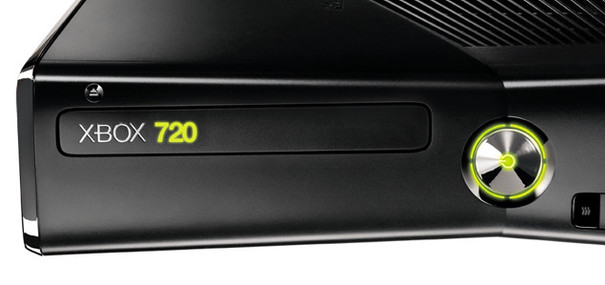
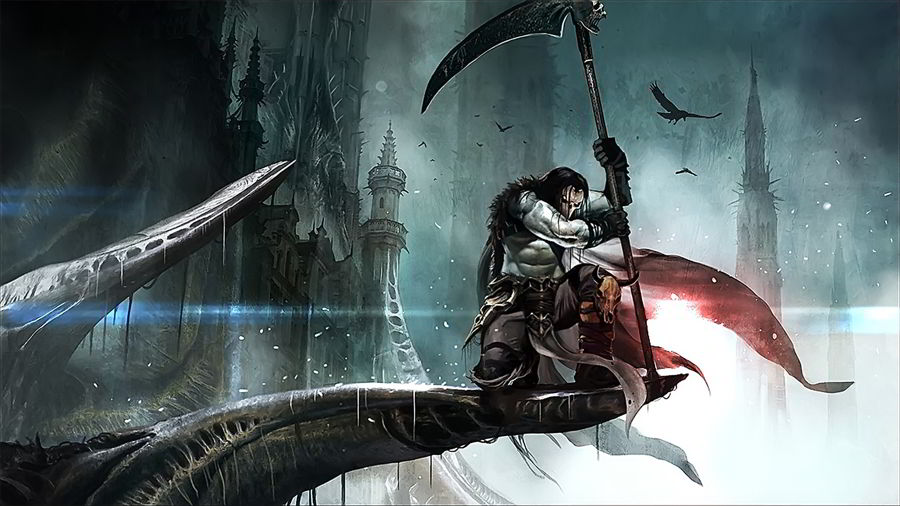
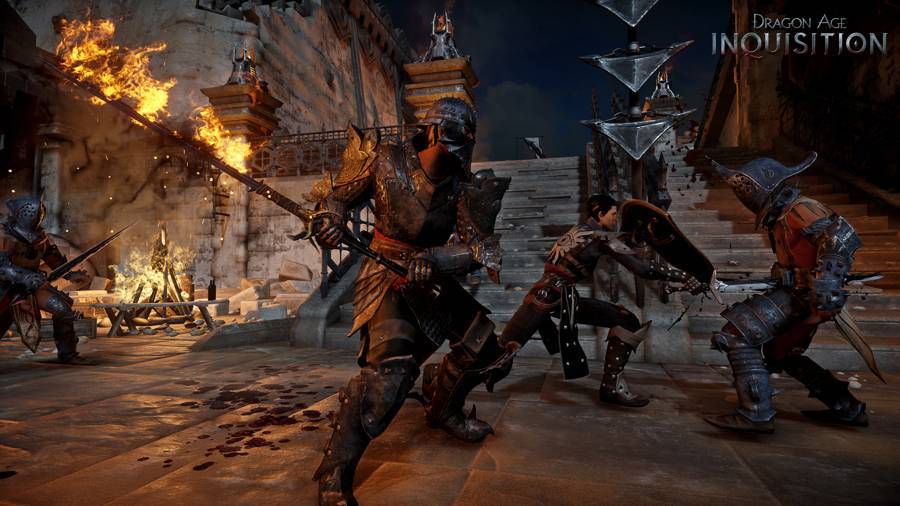
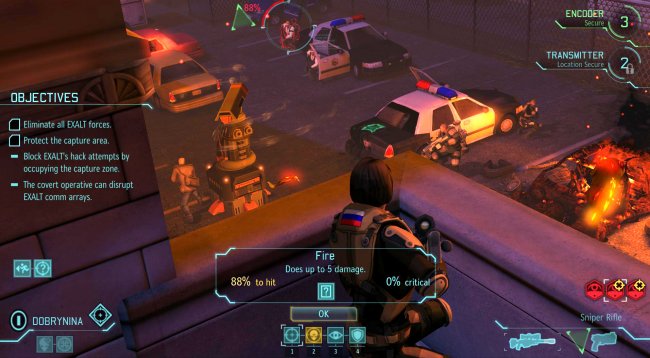
 Torchlight 2: The Melee Outlander Build Guide
Torchlight 2: The Melee Outlander Build Guide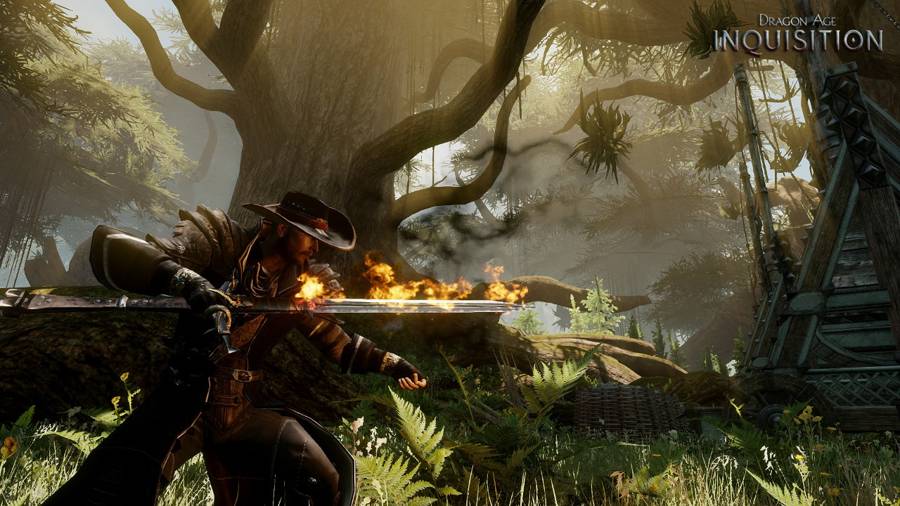 Dragon Age Inquisition: Skyhold Side Quest Guide
Dragon Age Inquisition: Skyhold Side Quest Guide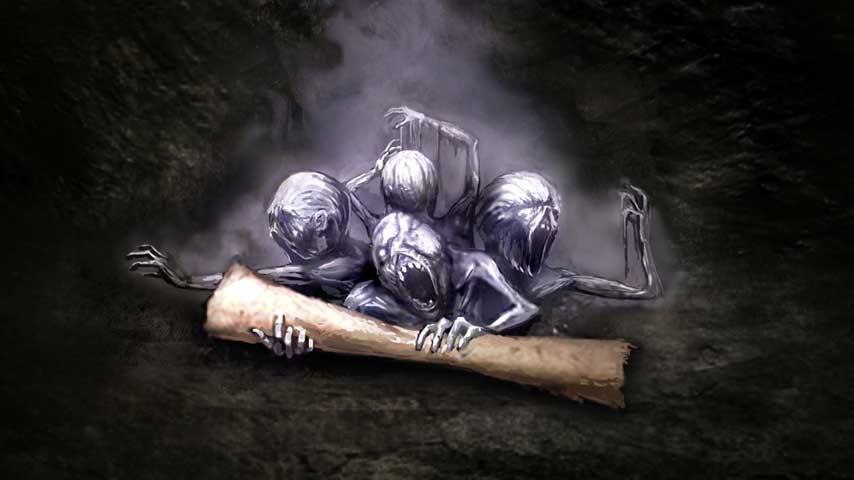 Bloodborne guide part 09: Hemwick Charnel Lane to the Witch of Hemwick
Bloodborne guide part 09: Hemwick Charnel Lane to the Witch of Hemwick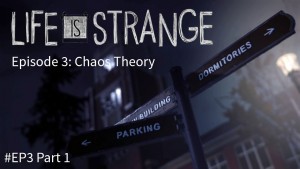 Walkthrough Life is Strange – Episode 3: Chaos Theory
Walkthrough Life is Strange – Episode 3: Chaos Theory . Plays April 26, 2013
. Plays April 26, 2013